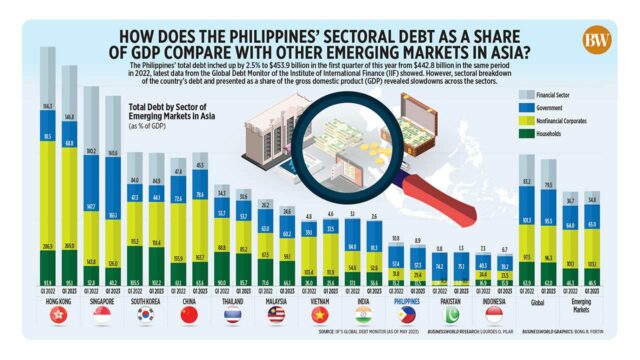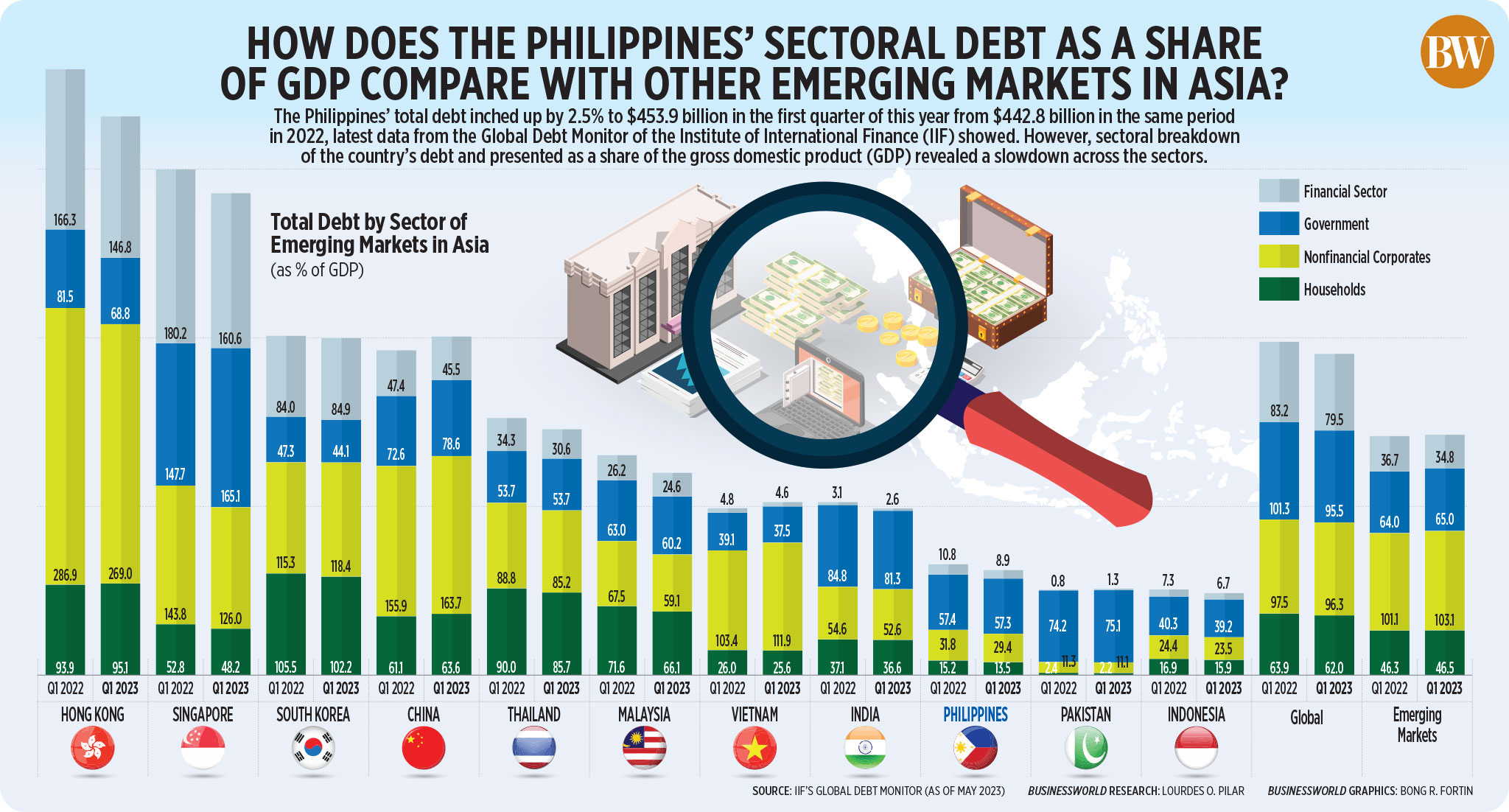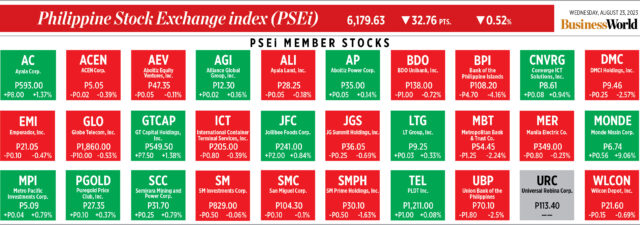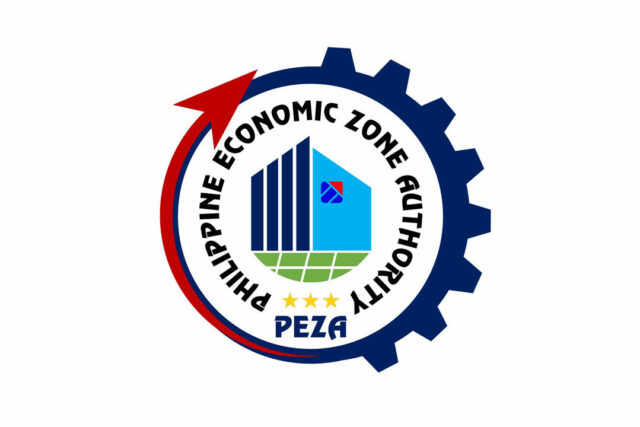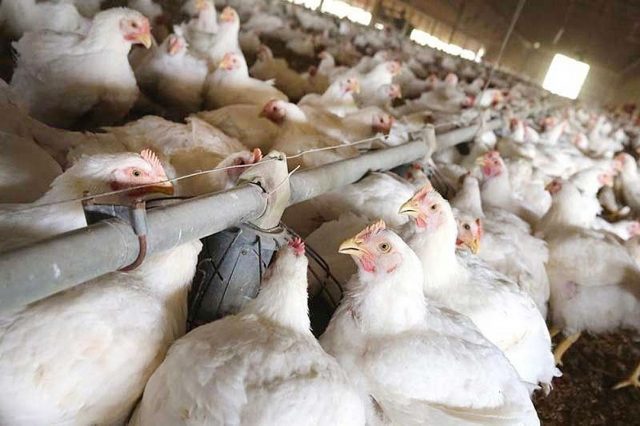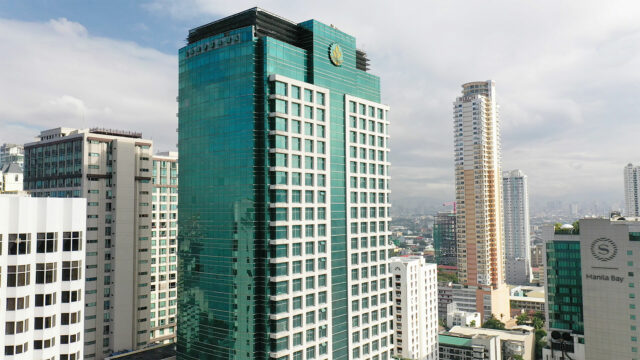BCDA sets initial phase of Marine Corps’ relocation
THE Bases Conversion and Development Authority (BCDA) has begun the preparatory works for the first construction package for the relocation of the Philippine Marine Corps headquarters to Bataan.
“We commend BCDA for facilitating the construction of roads, utilities, and preparatory works and the replication project as a whole for the Philippine Marine Corps. We would not be here without their dedication, hard work, and persistence in this endeavor,” said Philippine Marine Corps Commandant Major General Arturo M. Rojas in a statement on Wednesday.
The recent groundbreaking ceremony signaled the start of the first package of the relocation plan, which includes the construction of roads, utilities and other preparatory works of the Morong Discovery Park Phase 1 Project.
“The start of construction works for Package 1 today will help us get closer to our goal of providing a new, modern and state-of-the-art headquarters for the Marines that will support the operational efficiency of our troops in responding to national threats; in delivering aid during calamities; and in fostering peace and order across the country,” BCDA Chairman Delfin N. Lorenzana said.
On the day of the ceremony, BCDA also installed the steel columns for the Philippine Marine Corps grandstand, which is part of the ongoing construction of the parade grounds that is expected to be completed by November this year.
Construction packages 2 and 3 previously commenced in February last year, while the BCDA aims to complete the first phase of the project by 2024.
“We don’t want to lose sight of our focus on helping strengthen the Armed Forces. We will continue to share revenues and support the AFP (Armed Forces of the Philippines) Modernization Program,” said BCDA President and Chief Executive Officer Joshua M. Bingcang.
As part of the relocation program, BCDA has provided 100 hectares of its land in Morong Discovery Park for the Philippine Marines Headquarters, which only covers 12.65 hectares in its previous location in Fort Bonifacio, Taguig.
It is located at the eastern half of the park directly facing the West Philippine Sea and is accessible to major access roads including the Subic-Clark-Tarlac Expressway.
“The Bataan location was deemed strategic for the Marines as it would help expedite emergency response and ease deployment of troops,” BCDA said.
The transfer is also seen to open up income-generating opportunities as the area in Fort Bonifacio will be vacated.
From May 1993 to December 2022, BCDA’s contribution to the AFP reached P59.71 billion, P48.59 billion of which will be used for the latter’s rehabilitation program, while the remaining P11.12 billion is earmarked for the replication of military facilities.
Under Republic Act No. 7227, BCDA is mandated to generate funds for the AFP Modernization Program by transforming former US military bases and Metro Manila camps into economic growth areas. — Justine Irish D. Tabile





